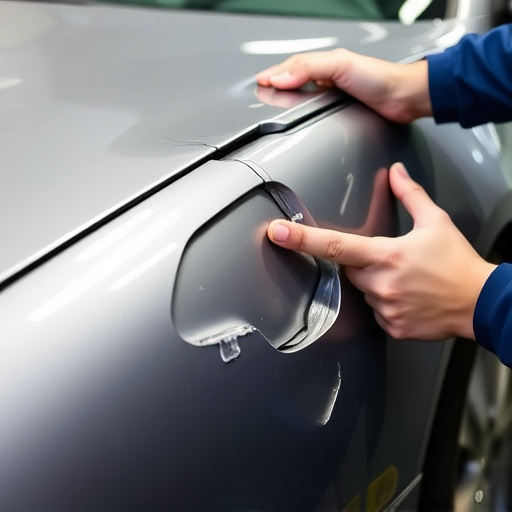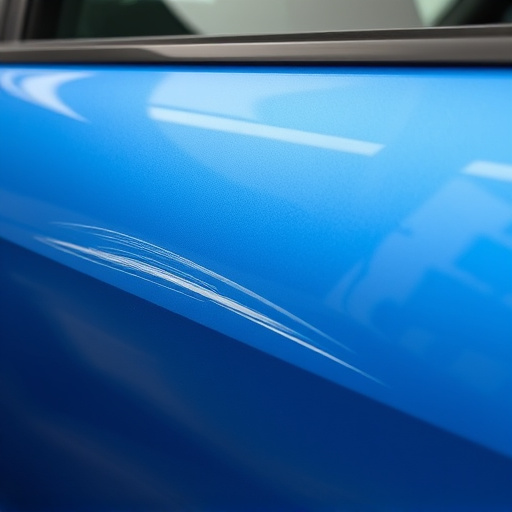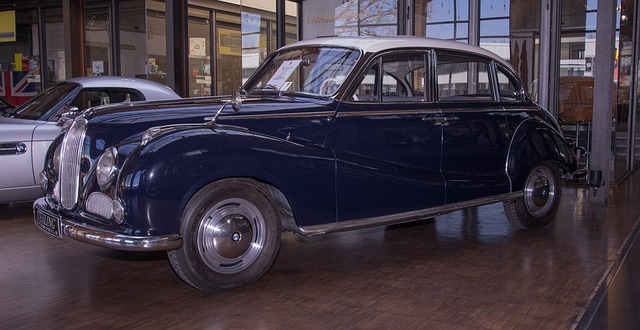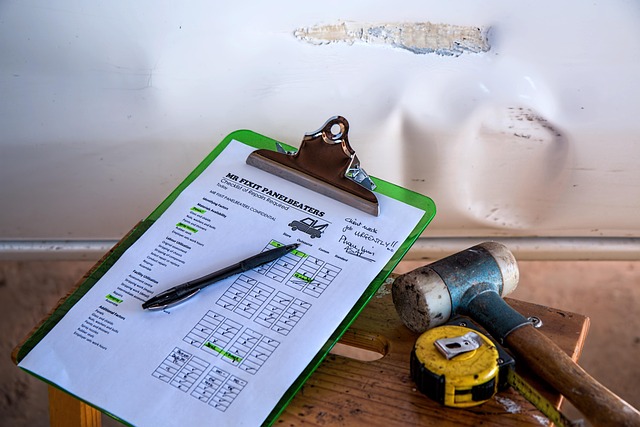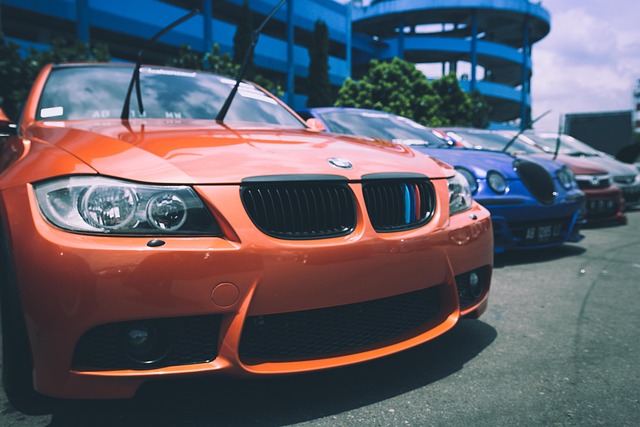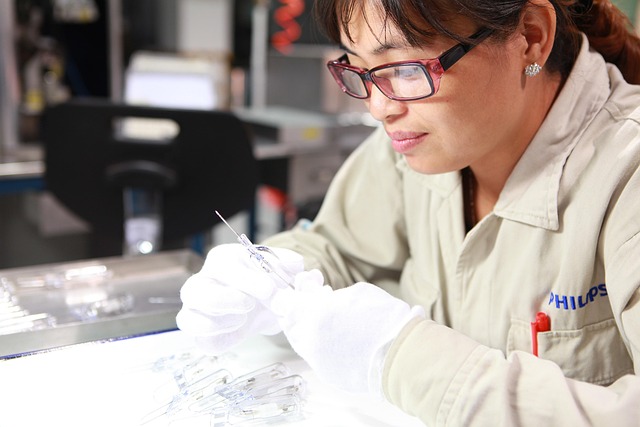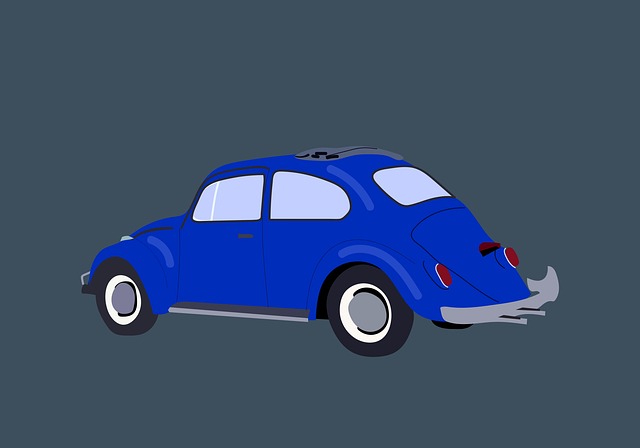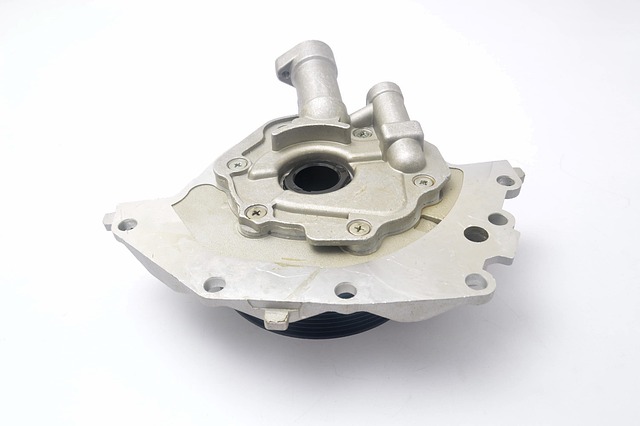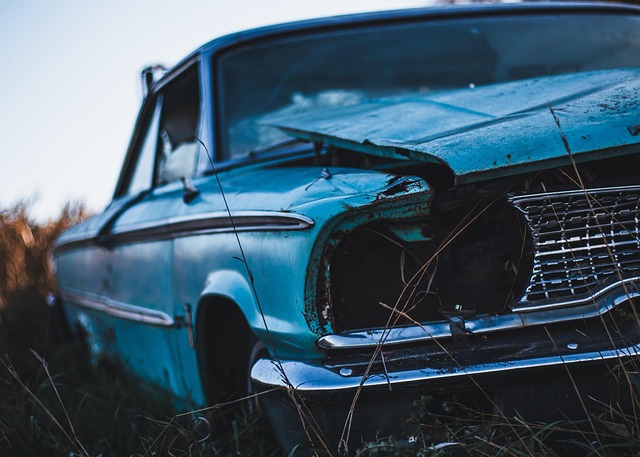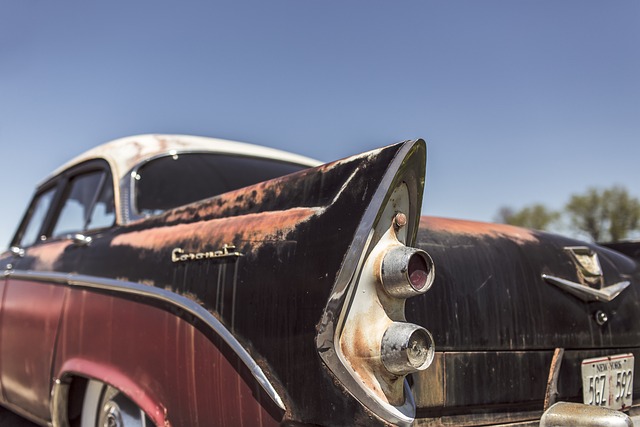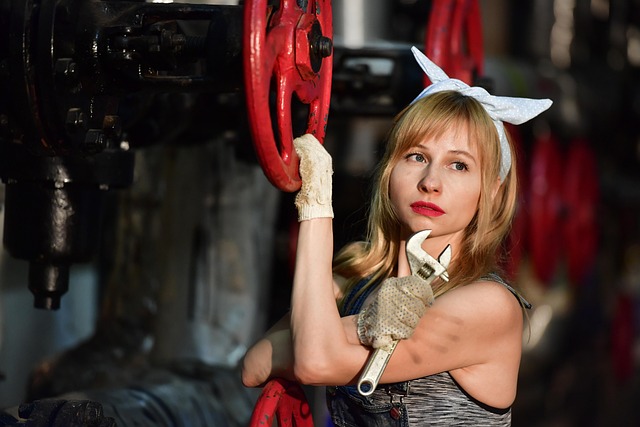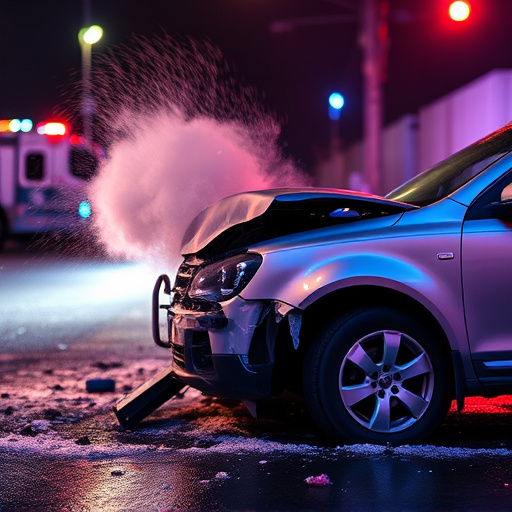After replacing windows, protecting against harmful UV rays is vital for maintaining aesthetics and preserving investments. High-quality window tinting blocks UV radiation, reducing interior fading and heat gain, thereby lowering cooling costs and extending the lifespan of vehicles and climate control systems. Professional automotive shops offer advanced tint films tailored to block significant UV radiation, benefiting both personal and commercial fleets by preserving vehicle condition and reducing repair needs.
After installing new windows, understanding the benefits of UV protection is crucial. This article reveals seven secrets about enhancing your home’s comfort and longevity through advanced window tinting techniques post-replacement. We’ll explore why UV shielding matters, its unseen energy efficiency gains, and expert tips for optimal results. Discover how these strategies not only protect your interior but also add to the overall value of your property.
- Understanding UV Protection: Why It Matters Post-Window Replacement
- The Unseen Benefits: How Window Tinting Enhances Energy Efficiency
- Secret Techniques: Optimizing UV Shielding for Longevity and Comfort
Understanding UV Protection: Why It Matters Post-Window Replacement
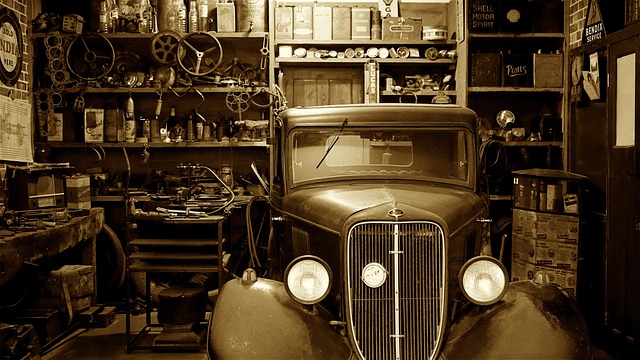
Understanding UV Protection: Why It Matters Post-Window Replacement
UV protection isn’t just about blocking out harsh sunlight; it’s a critical aspect of window tinting, especially after replacement. Windows in your home or car serve not only as entry points for light but also as barriers against environmental factors, including harmful ultraviolet (UV) rays. These rays, often overlooked, can degrade surfaces over time, accelerating the aging process of both indoor and outdoor spaces. Post-replacement, it’s essential to maintain this protective layer to safeguard your investment in new windows and preserve the aesthetics of your living or working environment.
For cars, UV protection through window tinting is particularly vital for maintaining the integrity of the vehicle’s interior. The sun’s UV rays can break down auto body painting and cause upholstery to fade, crack, or become brittle. By applying a high-quality window tint film, you’re adding an extra layer of defense against these elements, ensuring your car’s bodywork retains its original beauty and value for longer. This is not just about aesthetics; it’s also about protecting the structural integrity of your vehicle, extending the life of both the windows and the auto body services required to maintain them.
The Unseen Benefits: How Window Tinting Enhances Energy Efficiency
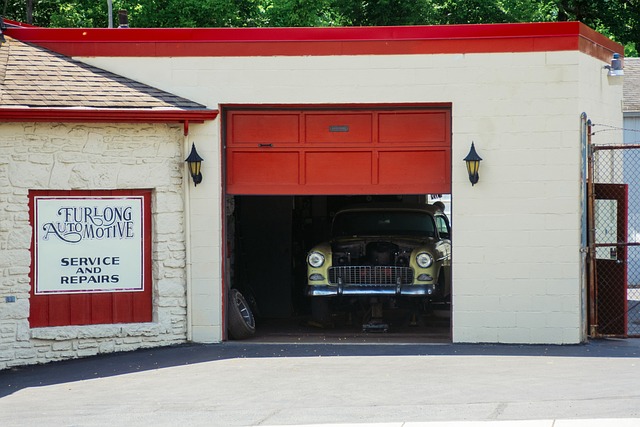
Many homeowners are unaware of the significant energy savings that come with proper window tinting after a replacement. Beyond the aesthetic appeal and added protection from the sun’s harmful rays, window tinting plays a crucial role in enhancing your home’s energy efficiency. It acts as a barrier, reducing the amount of heat that enters through windows during hot summer days. This simple yet effective step can lead to substantial savings on cooling costs, as less energy is required to maintain a comfortable indoor temperature.
The benefits extend beyond the interior comfort of your home. By decreasing the heat gain, window tinting also contributes to the overall efficiency of your building’s climate control system, reducing wear and tear on your AC unit. This not only saves you money on utility bills but also extends the lifespan of your auto repair shop or car paint services investments by minimizing environmental stress on your vehicle. It’s a smart, long-term solution that, like a well-maintained auto bodywork, pays dividends in terms of energy conservation and financial savings.
Secret Techniques: Optimizing UV Shielding for Longevity and Comfort
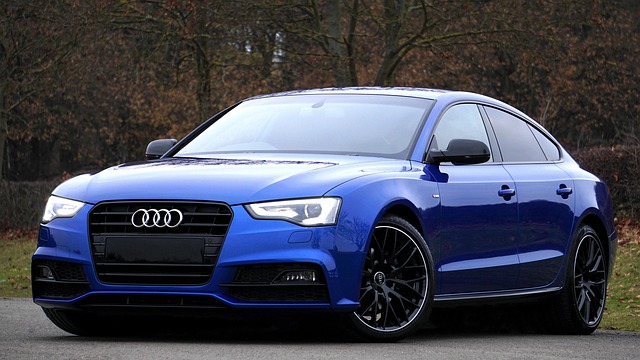
When it comes to protecting your windows from harmful UV rays after a replacement, there are secret techniques that can significantly enhance both longevity and comfort. The key lies in understanding how to optimize window tinting for maximum effectiveness. Post-install, a professional automotive body shop can apply advanced tint films tailored to block a substantial portion of UV radiation—a crucial step often overlooked during the initial installation process.
These specialized films not only safeguard your vehicle’s interior from fading but also play a pivotal role in maintaining optimal cabin temperatures. By carefully selecting tints with high UV protection, you can prevent the rapid deterioration of furnishings and reduce the need for frequent vehicle repairs at an automotive repair shop—a benefit that extends to both personal vehicles and commercial fleets.
Window tinting after replacement is a strategic move that offers unseen benefits, from enhanced energy efficiency to prolonged material longevity. By understanding UV protection secrets post-install, you can ensure optimal comfort and preserve your spaces for years to come. Embrace these techniques to get the most out of your window replacement investment.
